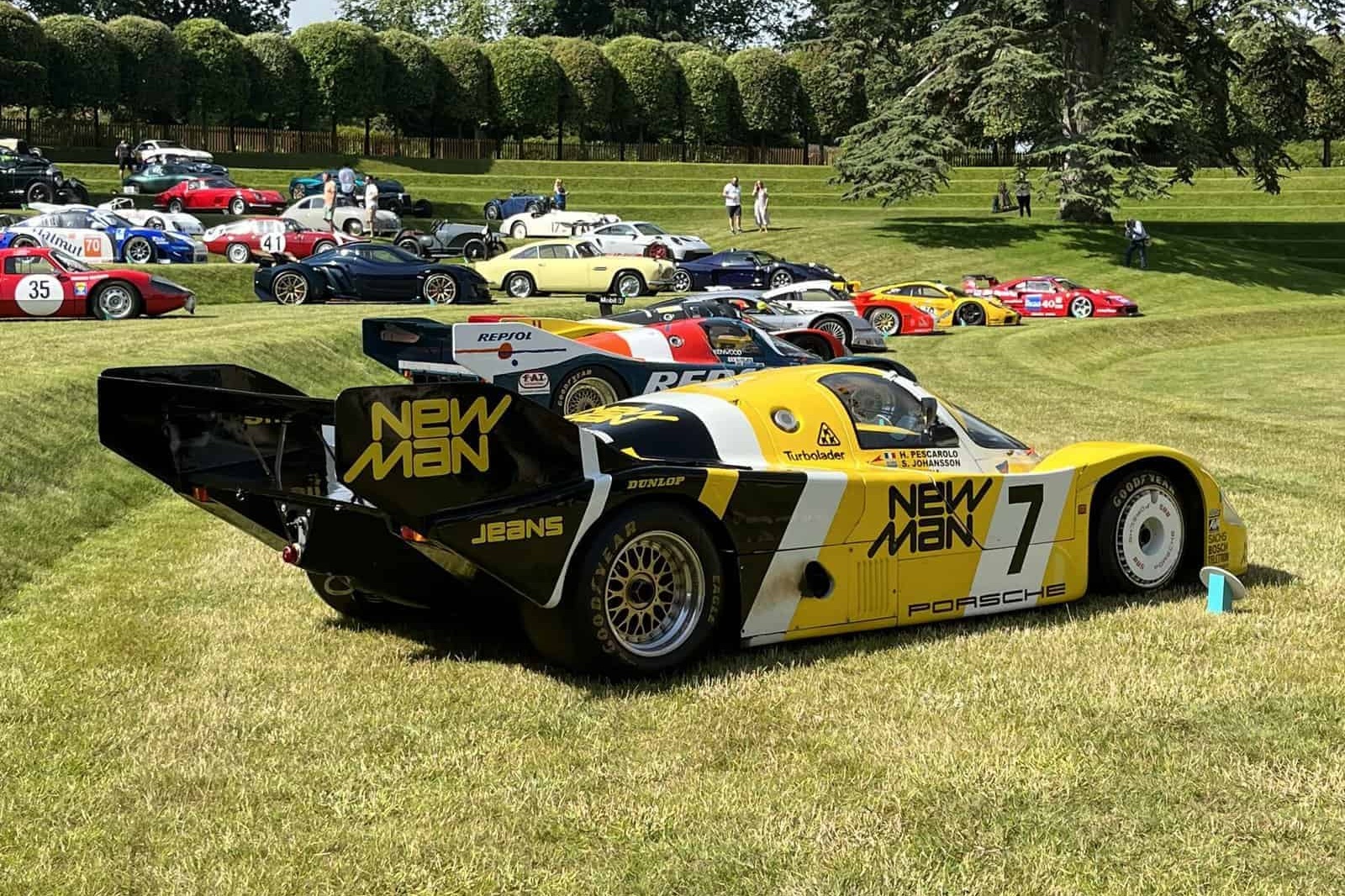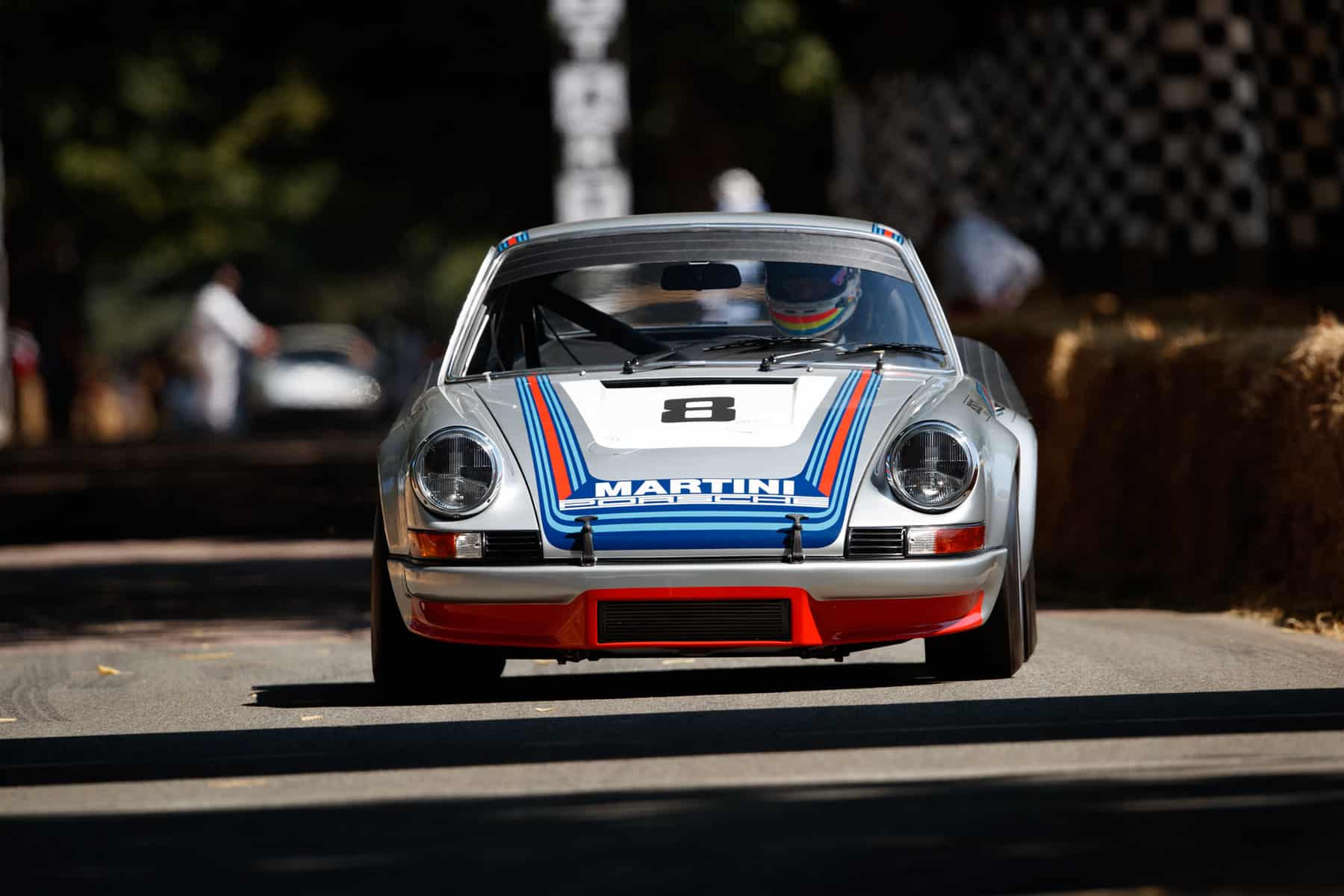Ferrari 156 Dino F1
The mythical “Sharknose” returns from the mists of the past
WORDS & IMAGES BY: WOUTER MELISSEN
Formula 1 is on the eve of a significant regulation change with all new cars due at the start of the 2022 World Championship. This gives teams that have been struggling during the last couple of seasons an opportunity to catch up.
None more so than Ferrari, which has not won a race since 2019 and a World Championship since 2008. Under Enzo Ferrari, the team was usually very conservative, which made benefiting from rule changes less likely. One notable exception was the 1961 Formula 1 World Championship, when Ferrari was the only major team ready for the newly introduced 1.5-liter formula with the iconic 156 Dino F1 “Sharknose.”
That the Ferrari team was in “pole position” ahead of the 1961 season was certainly in spite of Enzo Ferrari. Among the many quotes attributed to him is: “I sell engines, I give the car for free.” Whether he actually said the quip is not important, but it certainly is illustrative of his mentality during the 1950s and early 1960s. The mid-engine revolution in Formula 1 underlined that the chassis was at least as important as the engine. In 1959 and 1960, the mid-engined Coopers and Lotuses usually had the better of the front-engined Ferraris despite running fire-engine based Coventry Climax “fours.” It was Ferrari Chief Engineer Carlo Chitti who finally managed to push through the development of a mid-engined Ferrari at the start of the 1960 season.
The Grand Prix car fielded by Ferrari that year was the 246 Dino F1, which was a classic “cigar-shaped” single seater. It was powered by a 2.4-liter V6 engine that had been designed by the great Vittorio Jano and was named after Enzo Ferrari’s late son Alfredo. An engineer himself, “Alfredino” reportedly discussed the details of the twin-cam engine with Jano on his deathbed in 1956. Introduced in 1957, the 246 Dino F1 was a very successful design and was famously used by Mike Hawthorn to win the 1958 World Drivers’ Championship. By 1960, it really was competitive on high-speed circuits only where the horsepower advantage of the mighty V6 more than made up for the lack of handling. At Monza in 1960, Phill Hill recorded the final Grand Prix win for a front-engined car with the 246 Dino F1.
At the 1960 Monaco Grand Prix, the mid-engined Ferrari Formula 1 car made its first appearance. This was more than two years after Stirling Moss won the Argentinean Grand Prix in a diminutive Cooper T43. Very much an experimental machine, the car was appropriately dubbed the 246 P. It was built around a crude spaceframe chassis and featured double-wishbone suspension on all four corners. The 2.4-liter V6, now good for well over 250 hp, was mounted amidships. It was mated to an all-new, five-speed gearbox, which had been designed specifically for the mid-engine layout. Designed and built in-house, it featured three shafts, which allowed the clutch to be mounted behind the gearbox. Test and development driver Richie Ginther raced the car and was classified sixth despite retiring with gearbox issues. The car was only seen again in practice for the Dutch Grand Prix.
The engine that Alfredino Ferrari had actually described to Jano was a 1.5-liter version of the V6. In this guise, the 65 degree six-cylinder unit was eligible for the new-for-1957 Formula 2 category. Ferrari had indeed also built the 1.5-liter engine and fitted it in a car that was nearly identical to the full-size Grand Prix car. Maurice Trintignant raced this car to victory at Reims in 1957 and, fitted with a new, small-tube chassis, Wolfgang von Trips also won the 1960 Syracuse Grand Prix in the front-engined Formula 2 car. For the 1960 Solitude Grand Prix the mid-engine prototype was fitted with the 1.5-liter engine. The car had also been updated with revisions to the suspension, clutch activation unit and bodywork. In a field that included works entries from Team Lotus, Cooper, and Porsche, von Trips dominated and scored Ferrari’s first win with a mid-engined car. The German driver later also finished fifth in the Italian Grand Prix even though the car was still in F2 guise.
Monza had been the penultimate Grand Prix of 1960 and Ferrari opted to sit out the season finale at Riverside. Instead, the Italian team focused on the looming regulation change, which saw the displacement limit drop from 2.5 liters to 1.5 liters. The sport’s governing body effectively adapted the existing Formula 2 regulations for the top-tier Formula 1 category. Although the changes had been announced and voted on in 1958, there still was strong opposition from the British during the 1960 season. The Royal Automobile Club clearly had its members convinced that the rule change would not go ahead, leaving the likes of Lotus, BRM, and Cooper woefully unprepared. While BRM built engines in-house, both Lotus and Cooper had to rely on a supplier like Coventry Climax. As a result, all of the British teams lined up for the 1961 season opener, grossly underpowered.
Meanwhile, Carlo Chitti had continued his development work, not only further refining the chassis and body of the prototype but also developing a brand-new V6 engine. Designed specifically as a 1.5-liter engine, it was lighter than the Jano engine that had enough “meat on the bone” to be run in 2.5-liter guise as well. The new engine featured an unusually wide 120 degree V-angle. This allowed for a smoother combustion cycle and lowered the center of gravity. Fitted with two sets of triple-choke Weber carburetors, it produced 192 hp at 9,500 rpm. This was slightly more than the 65 degree unit but Ferrari would continue to use both units during the 1961 and 1962 seasons. The only engine available to the British teams was the fire-engine derived Coventry Climax FPF, which on a good day produced 152 hp.
Alongside a brand-new mid-engined sports car, Ferrari debuted the new 156 F1 at an annual press conference in February of 1961. Like the 246 SP sports car, the Grand Prix car featured an air-intake with twin nostrils. This earned it the nickname “Sharknose.” Underneath the aluminum body, the spaceframe chassis was a further development of the mid-engined prototype used in 1960. In fact, that car was updated and raced alongside the five new chassis built for the 1961 season. The two V6 engines could easily be distinguished by the single or twin-intake covers used for the 65 degree and 120 degree units respectively. Ferrari quoted a fairly unrealistic weight of 460 kg, which was 40 kg under the weight limit set in the new regulations.
The Scuderia Ferrari entered three 156 F1s in the World Championship, for Ginther, Hill, and von Trips. Additional cars were fielded at select events for the likes of Olivier Gendebien, Giancarlo Baghetti, and Ricardo Rodriguez. The season kicked off at Monaco, the track where Ferrari’s power advantage made the least difference. Faced with a Stirling Moss at the very top of his game racing a privately entered Lotus, the three Ferraris had to settle for second, third, and fourth in the final result. It was not just Moss’s mastery of the Monaco circuit that had let the Ferraris down. The engine was now indeed in the correct place in the chassis, but the chassis itself was somewhat lacking rigidity due to poor welding and Ferrari’s use of old-fashioned Borrani wire wheels did not improve the road holding.
These woes were quickly forgotten when von Trips and Hill subsequently scored a one-two victory at the Dutch Grand Prix. Next up was the high-speed Belgian Grand Prix where the 156 F1 truly excelled. Five Ferraris were entered with additional cars for local heroes Olivier Gendebien and Willy Mairesse. Hill led a one-two-three-four finish with only Mairesse failing to reach the finish. Baghetti then scored a victory in the French Grand Prix in the 1960 prototype, which was a private entry. The British Grand Prix at Aintree was another compelling victory with von Trips, Hill, and Ginther filling all three podium positions. Next up was the German Grand Prix at the Nürburgring where handling was more of a decisive factor. Once again, it was Stirling Moss who rained on Ferrari’s parade – even though Hill had started from pole position, he had to settle for third, while von Trips was second.
The penultimate round of the World Championship was the Italian Grand Prix at Monza. Although Ginther and Moss still had a chance of winning the drivers’ title, the real fight was between von Trips and Hill with the German leading by four points. Von Trips snatched the pole position from three other Ferrari drivers with Graham Hill in a Climax-engined BRM best of the rest in fifth, and well over two seconds off the pace. Sadly, the race will forever be remembered for von Trips’ horrific accident on lap two. He collided with Jim Clark in a Lotus, sending his Ferrari into fence, killing fourteen spectators and himself. The race was not stopped, allegedly to keep the roads around the circuit free of traffic to aid in the rescue work. Hill won the race and became America’s first World Champion in the saddest of circumstances. Ferrari also secured the constructors’ title and once again opted to sit out the season finale in the United States.
Having already ended the season on a sad note, things got even worse for Ferrari when many key staff members walked out in what was known as the “Palace Revolt.” Among them were Carlo Chitti, who was replaced by a very young Mauro Forghieri. By the time of Chitti’s departure, only minor changes were made to the existing 156 F1 design. The most significant change was a new six-speed gearbox that was mounted between the engine and final drive. The “Sharknose” was removed in favor of a more conventional oval intake. Enzo Ferrari had managed to convince his foe of 1961, Stirling Moss, to join the team. Sadly, he never actually raced for Ferrari, suffering a career-ending accident at Goodwood early in 1962. Hill was retained and he was joined by Baghetti and Mexican Ricardo Rodriguez at most rounds.
Having come to terms with reality, British engine builders Coventry Climax and BRM had both created bespoke V8 engines, the first of which were raced late in 1961. By 1962, the bugs of these 1.5-liter units had been ironed out, allowing the likes of Lotus and BRM to really lay the inherent weaknesses in the 156 F1 chassis bare. Hill started the 1962 with a third, second, and third again but after that, the Ferraris were so far off the pace that a fourth for Willy Mairesse in the Italian Grand Prix was the next best result. Hill ended the year sixth in the standings. Ferrari also slipped from first to sixth in the constructors’ table. For the 1963 season, the original 156 F1s were replaced by a new Forghieri design. Still referred to as the 156 F1, it featured an all-new and much better spaceframe chassis. Now equipped with fuel injection, the 120 degree V6 was still used and propelled John Surtees to a single victory in 1963. Lorenzo Bandini gave the 1.5-liter V6 engine its final Grand Prix win at the Austrian Grand Prix in 1964. By that time, Surtees had switched to a new V8-engined car, which saw Ferrari back on top once more.
At the end of the 1962 season, Enzo Ferrari decided that the original 156 F1 Grand Prix cars had served their purpose and needed to be destroyed. He was never one to look back but, despite being very successful, these cars were also very palpable reminders of the disastrous end of the 1961 season. Officially, the cars were scrapped to make sure they did not end up in the hands of Ferrari’s rivals but realistically by the end of 1962, they held few mysteries that could further the work of the likes of Lotus and BRM. While the cars were scrapped, and reportedly buried in front of the factory, components that could still serve a purpose like the engines and gearboxes were retained.
Many years later, singer and racing enthusiast Chris Rea decided to have a 156 F1 “Sharknose” replica built. Although it used salvaged components, it was not particularly accurate and can best be considered a tribute. That was certainly not the case when Belgian historic racer Jan Biekens commissioned Jim Stokes to recreate a car for him around an original 65 degree engine and five-speed gearbox. The car was raced at Goodwood several times and was later acquired by Jason Wright, who set about creating not one but two even more accurate replicas.
Setford and Company was tasked with the job with little else to go on other than period photos. These were used to calculate the chassis dimensions. Interestingly, one car was fitted with a 65 degree V6 but Wright also managed to secure a 120 degree engine with the correct carburetors. Both cars were ready in time for the 2017 Goodwood Festival of Speed, where one of them was demonstrated by Phil Hill’s son, Derek Hill, who is a very talented racer himself.
“Driving a Sharknose was something I figured I’d never have the opportunity to do. In a way it rounded out what I feel is full spectrum of race cars I’ve wished to drive, short of driving a modern day F1 car myself.” Derek Hill explains. He later also drove the car at Reims and Zandvoort: “this was the first time to have the cars out on a proper circuit, and the original locations in Holland and France where the Ferraris had run in their glory years. These cars had been reconstructed with the utmost care of detail and accuracy using many original parts. So it was with full confidence in these examples that I could experience driving an authentic Sharknose as my father and those drivers of the day had originally done. With all the history and images that have been seen, one could only imagine what a 156 really looked like in person and sounded like, let alone what it was actually like to drive in one.”
“Experiencing this car at speed was exceptionally thrilling. I was surprised at the ease of the gear selecting, the touch on the wheel, and the overall agility.” Hill continues. “Of course, stepping back to 1961 with the lack of any real safety features for a driver, one has to always remember not to test the limits too much, but in terms of confidence the car inspired I would’ve been the first to sign up to contest a Grand Prix in one if one could only travel in time. The real advantage of these cars was their speed and handling on fast circuits. Driving one around the streets of Monaco would’ve probably revealed some short comings, but all that was sorted out by 1962 when my father finished a close 2nd only 1.5 seconds behind Bruce McLaren in a Cooper Climax.”
“To know my father gave every ounce of himself as a driver and risked it all to achieve his greatest accomplishment as a driver in these cars made every moment driving one an experience I will forever savor.” Hill concludes.
While Ferrari was well prepared for the 1961 season, the Italian team also benefitted from the British rivals firmly dropping the ball. That will certainly not be the case in 2022, with both Red Bull Racing and Mercedes-Benz more than ready to take on the challenge from the new Ferrari SF-75.

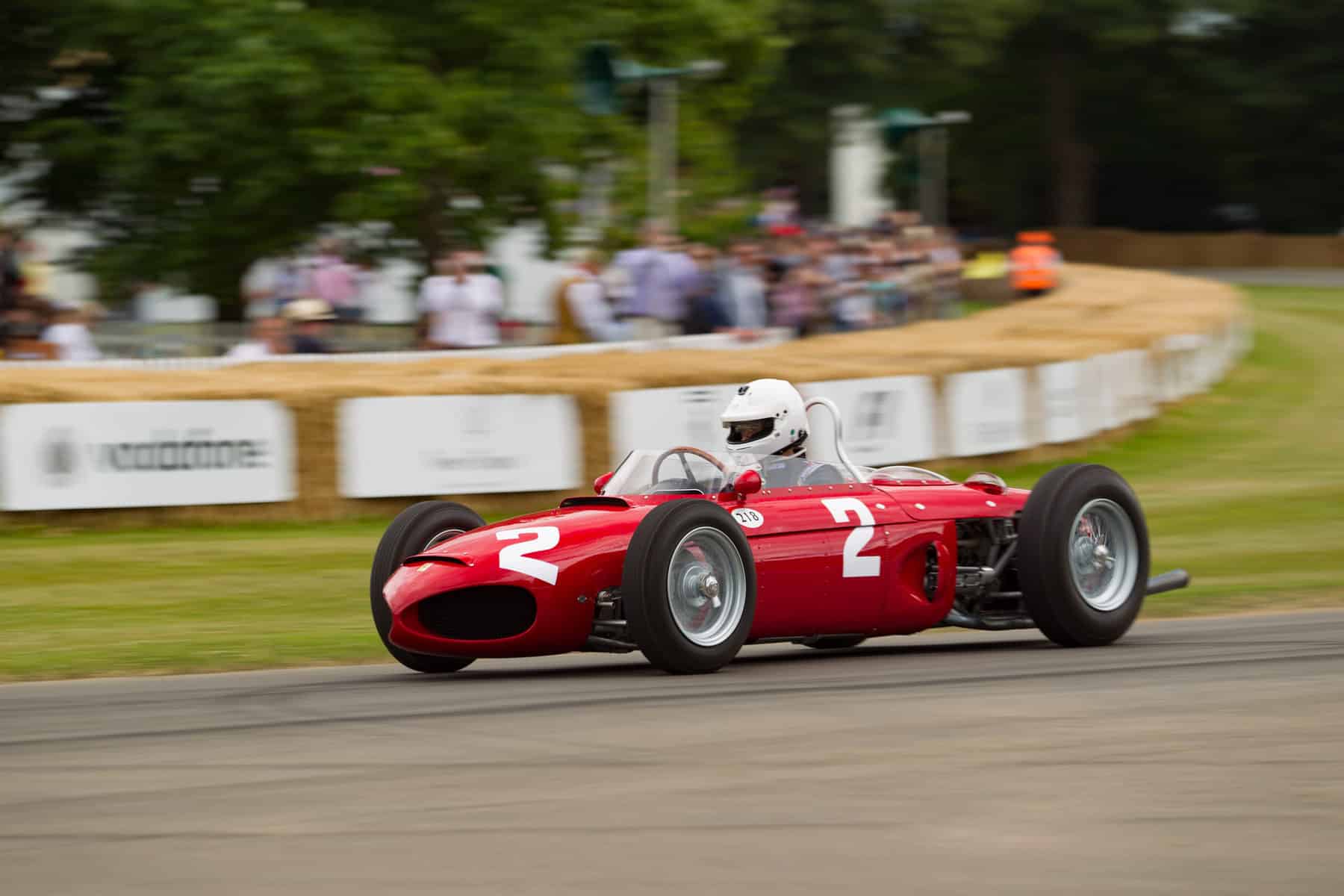
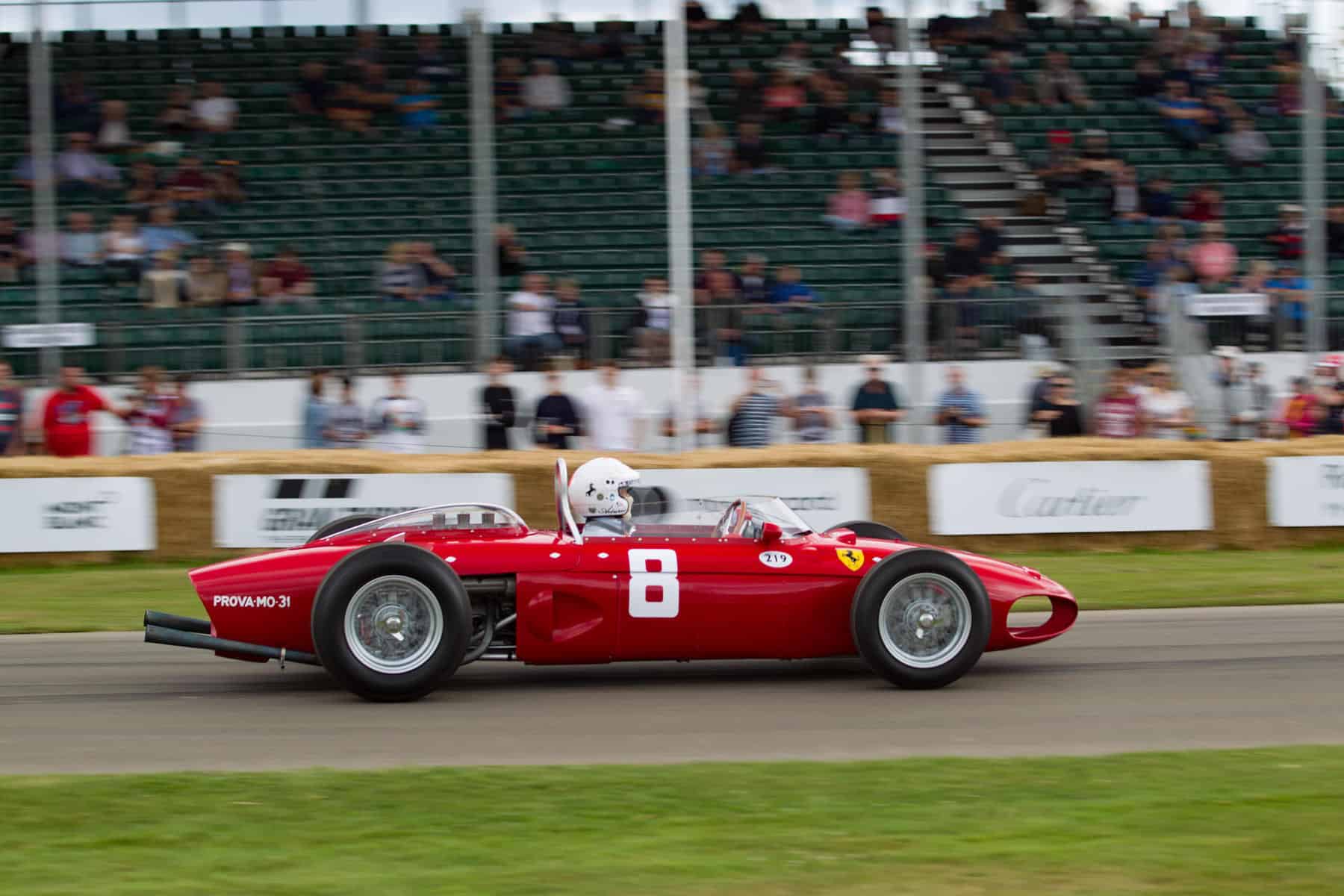

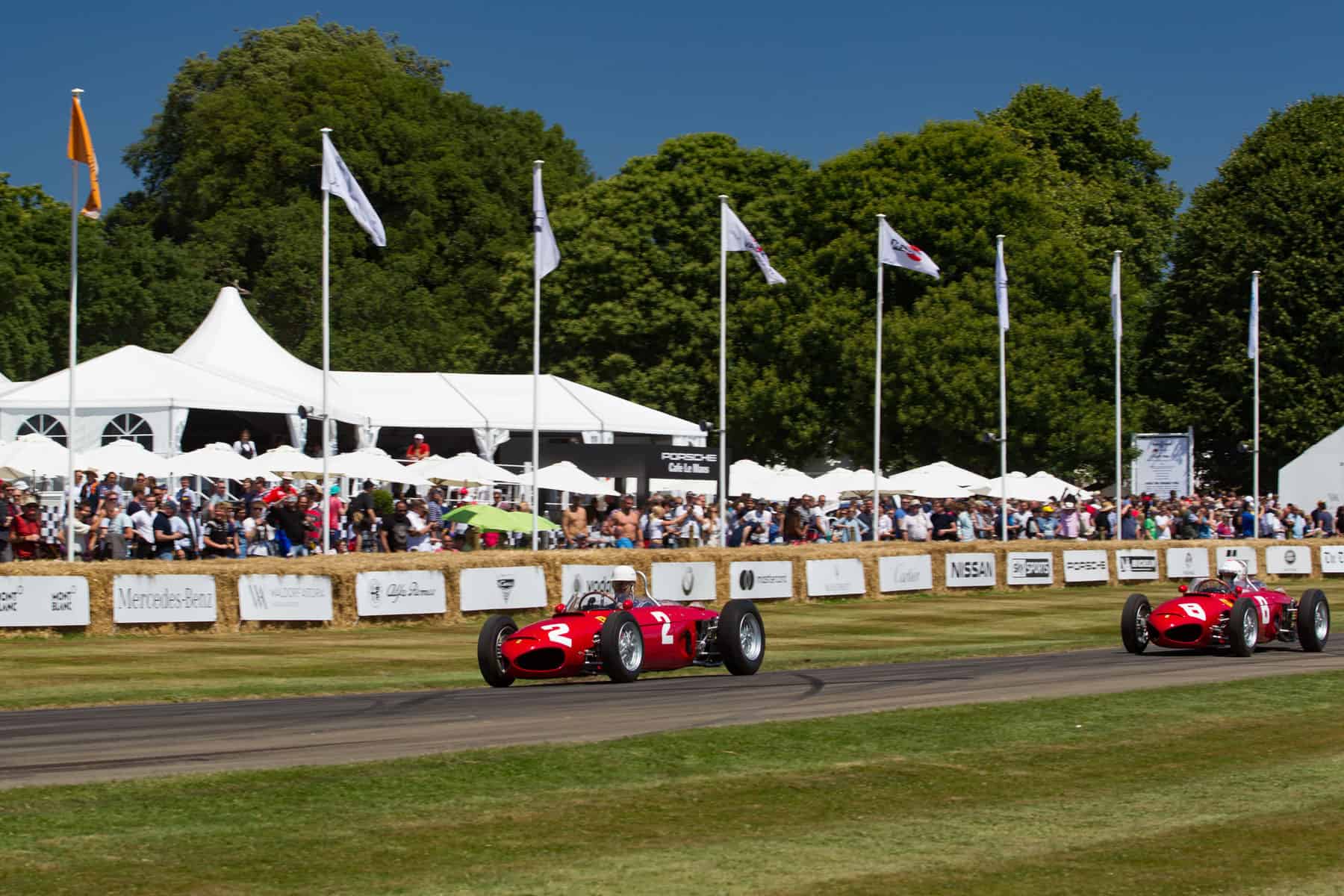

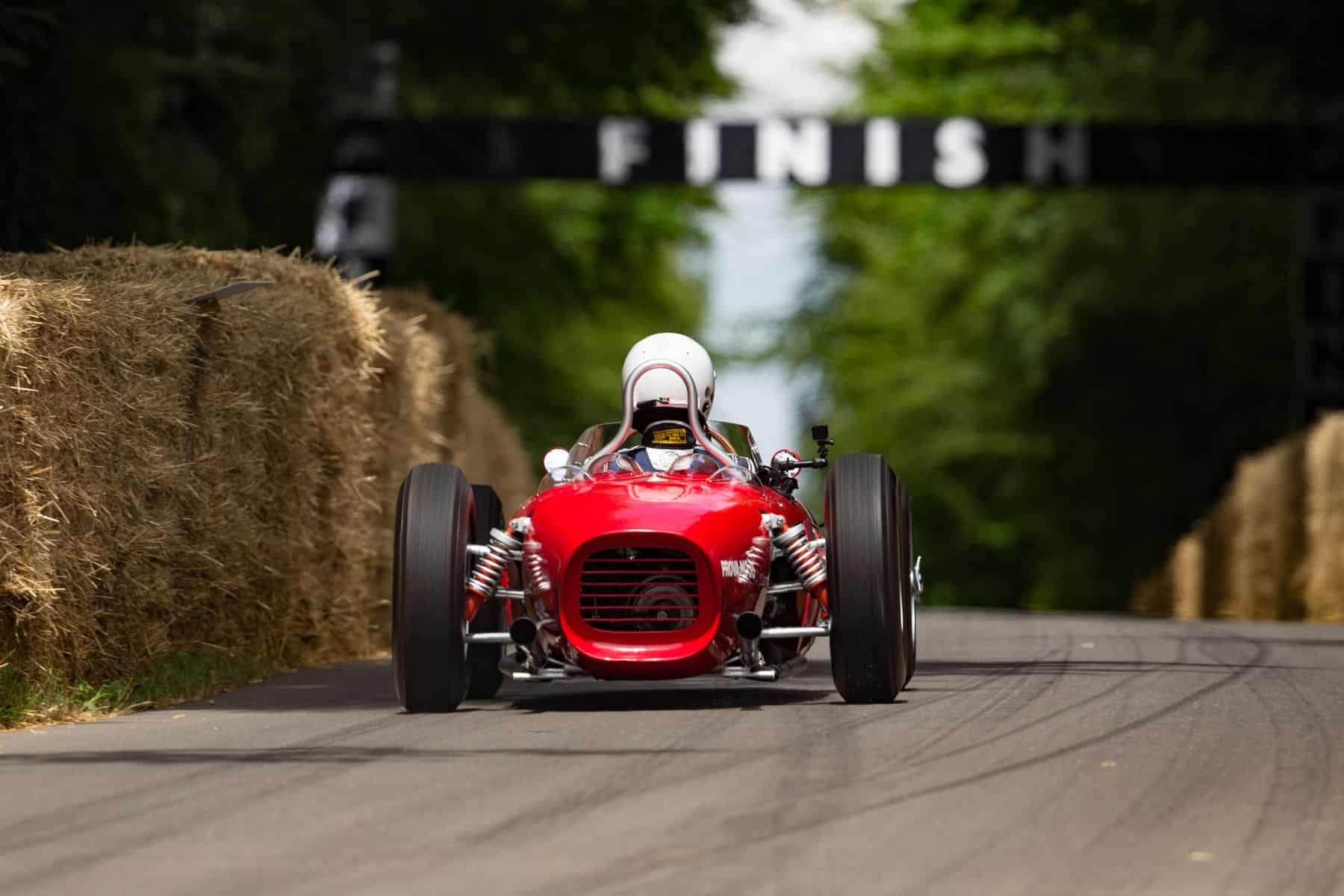
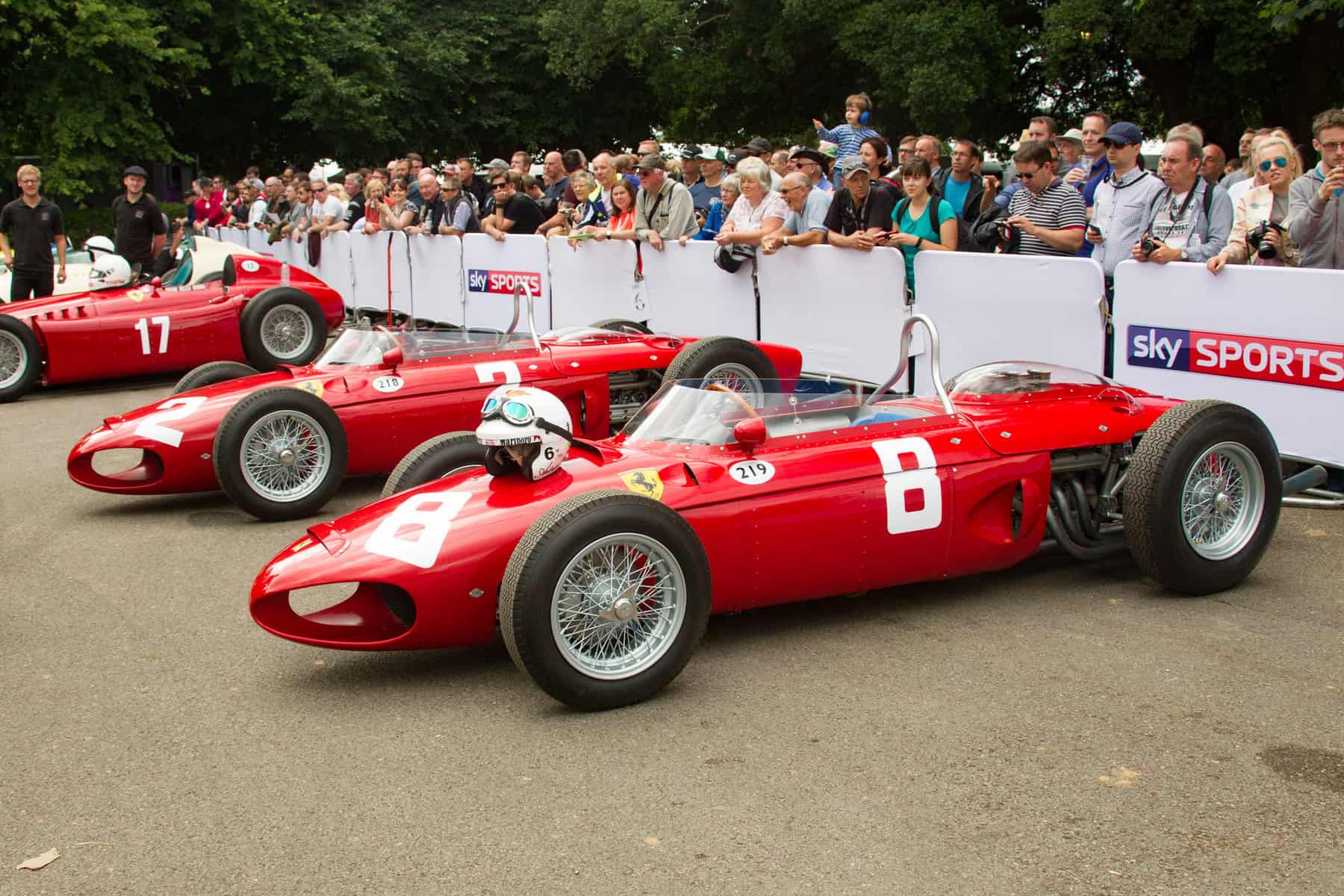



![alfa gtz perfectly imperfect webannerl[1]](https://automedia.revsinstitute.org/wp-content/uploads/2024/08/Alfa-GTZ-Perfectly-Imperfect-webannerl1-uai-1200x800.jpg)
